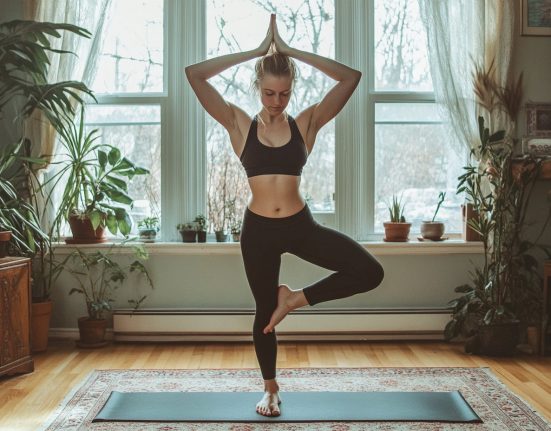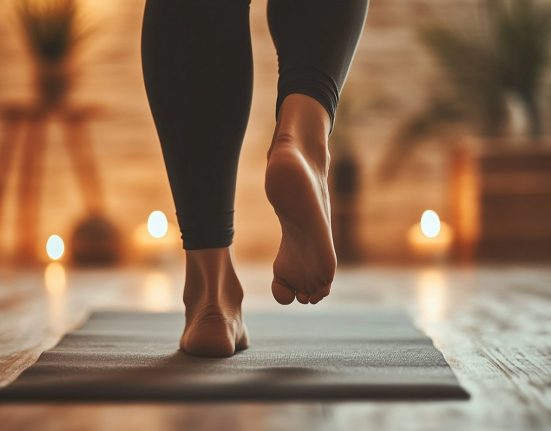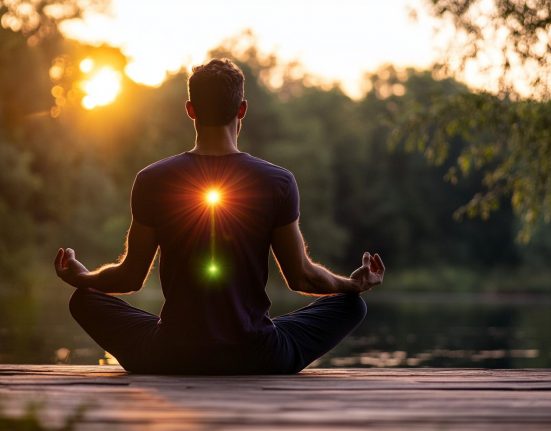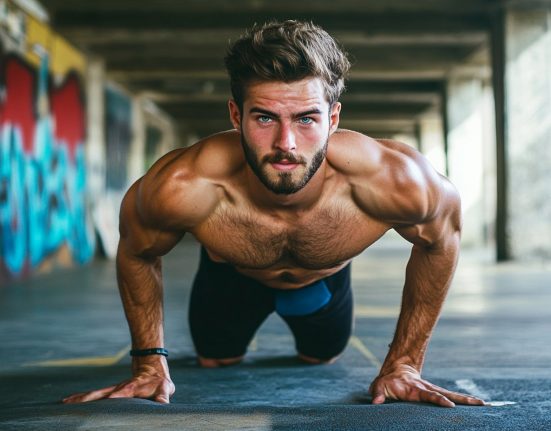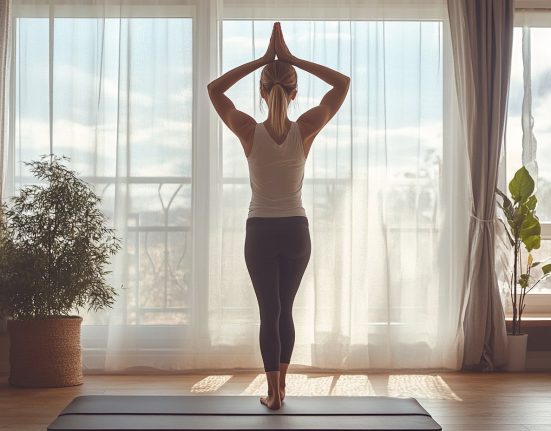One of the biggest struggles for parents in the last year has been instilling a good fitness regime among the children. It may be difficult for you to decide the right way to nurture the little ones, so we have got you covered! Children, with their fresh minds, are best suited to practise yoga because it is all about encompassing and educating one on culture and detoxifying the body in a holistic manner. Research proves that yoga asanas are a great way to improve physical health, mental growth, concentration, calmness and all-around development among the younger generation. Here is a basic guide to a few simple yoga asanas you can introduce to your children with their benefits.
Ustrasana (Camel Pose)
Among the best asanas for strengthening, energizing and stabilizing the body, Utrasana is a great beginner’s pose. While there are many physical health benefits such as toughening back, thigh and buttock muscles and countering slouchiness, one of its major advantages is it will build confidence and empowerment in your adolescent.
How To Do It: Begin with kneeling perpendicular to the floor and toes wide apart. Next, take a deep breath in and stretch your hands back with the fingers touching the heel. Hold this position for 5-10 breaths and then slowly exhale.
Tip: To gradually increase the stamina of your young one, initially make him/her hold the position for 3-5 breaths, then slowly increase the span.
Matsyasana (Fish Pose)
Matsyasana stretches the muscle of the stomach, chest and lowers back. Improving the functionality of the digestive and cardiovascular systems, this asana also leads to better nutrient absorption, building your child’s immunity.
How To Do It: Begin by lying on the back, with feet together and hands alongside the body. Lift your body and gently curve the back till the head touches the ground. Concentrate on your breathing practice. Hold onto this position for a few seconds and then come back to the starting position.
Tip: It is important to ensure that this asana is practised early in the morning, hours after a meal.
Dhanurasana (Bow Pose)
As parents, sometimes we forget that our children undergo stress too, so here is the perfect asana for their better mental health. It also helps increase the body’s stamina by making the back and abdominal muscles flexible.
How To Do It: Begin by lying down on your stomach with your feet apart, then fold your knees upwards and stretch your arms behind. Breathe in, lift your chest and look straight ahead. While in this position for 15-20 seconds, focus on your breathing.
Tip: If your child is uncomfortable touching the ankles, he/she can always start by using a strap.
Balasana (Child’s Pose)
This pose is inspired by a child’s posture so it a must-do for children (literally)! It is a resting posture and gives your young adult a break from all the other complex asanas. This position is all about understanding and embracing your inner self, giving it time, tuning to the messages your body is sending you.
How To Do It: Start off by keeping the knees flat on the mat, and stretching your arms out. Take in a deep breath and root your fingers and forehead to the floor. Stay in this position for 5 minutes because it is all about calming yourself down and focus on even breathing.
Tip: Make sure, the child is not bending the neck and keeping it neutral, or else hand him/her a pillow.
Gomukhasana (Cow-Face Posture)
A seated yoga posture that helps stretch the arms, triceps, shoulders and chest. This asana is therapeutic and can help release tension from the shoulders and hips. An excellent practice for anyone trying to increase flexibility, improve posture and relieve stress.
How To Do It: Start by sitting erect on the ground, with both the knees stretched out. Bend your left knee and then place the right leg over the left thigh. Next, take in a deep breath and stretch your left arm behind, then stretch the right one till both hands meet. Stay in this position for 60 seconds and then gently release.
Tip: This asana is complicated and must be performed under a parent’s or a professional yoga supervisor’s guidance.
Bhujangasana (Cobra Pose)
A great stress reliever too, the cobra pose improves digestion, bettering metabolism and removing any blockage. In the light of the pandemic, children’s immunity is also a priority and this asana increases blood and oxygen circulation in the body, promising better nutrient absorption.
How To Do It: Get down l flat on your stomach with legs stretched out and feet facing down. Keep your elbows on your sides with palms flat on the surface. Next, take a deep breath, lift your chest and abdomen, placing all the body weight on the palms. Make sure the navel is touching the floor. Slowly release the breath and come back to the starting position. Do this 4-5 times.
Tip: When doing your adolescent is practising this asana, make sure he does not spread his/her legs, it could potentially injure the lower back.
Adho Mukha Svanasana (Downward-Facing Dog)
Usually, one of the first asanas a child learns is both calming and energizing. This position can rejuvenate the body physically and mentally. It increases blood flow to the brain and eliminates fatigue and tiredness.
How To Do It: Come onto your fours. As you breathe in lift the hips, straighten the knees and elbows. Hands and legs should be parallel to each other. Take in deep breaths and then exhale. Hold the position for one minute.
Tip: As your child does this pose, ensure that the legs are straightened without changing the shape in the child or pelvis.
Dandasana (Staff Pose)
Considered to be one of the easiest yoga asanas, this pose brings support and balance to the body’s internal organs, especially improving the digestive organs’ functionality. It strengthens the muscles and increases stamina for young children.
How To Do It: Sit in a 90° position. The arms should be placed along the body and palms on the floor. Firm the thigh muscles and flex your feet. Inhale and exhale slowly. Stay in this position for five deep breaths.
Tip: Ensure that your legs are not pointing outwards, they should be straight in front of you.
Mandukasana (Frog Pose)
Another animal-inspired pose that will be interesting to the children. This is a great asana for healing and promoting good gut health. It also increases the quantity of insulin in the body which has promising benefits.
How To Do It: Sit comfortably and close the fists of both hands, clenching the thumb inside with fingers. Press the navel with your both fists and bend forward. Hold your breath and keep looking straight. Stay in this position for 60 seconds and repeat it three to four times.
Tip: It is usually recommended to start this position with Vajrayana, Balasana or Baddha Konasana.
Savasana (Corpse Pose)
This asana is usually practised at the end of the grueling session because the young adult’s body gets time to relax and rejuvenate the mind and body. Now the attention is shifted to the inner-self, letting the body absorb all the nutrients. It has numerous health benefits such as lowering blood pressure, reducing fatigue and decreasing stress.
How To Do It: Lie down on the back with legs separated. Keep the hands close to the body, although away from the torso. Relax the entire body down, even the face. Breathe in naturally and evenly. Stay in this position for 5-10 minutes and feel the healing inside you.
Tip: If the child has undergone any injury, he/she can use a pillow to decrease any external pain.
FAQs:
Q. What are some tips for parents when helping children practice yoga?
A. One of the most primary suggestions will be, make the children fall in love with yoga and its innumerable benefits. This could be achieved by, making a special time in the day for yoga, putting on some soothing music and doing a joint session (virtually) with other children.
Q. How much time in a day should a child give to yoga?
A. The health benefits of yoga can only be achieved when one truly believes in the power of its healing capabilities. For children, it is based on their love and passion for this practice. Usually, it is advisable that they give one hour daily to this exercise and change their routine as and when they grow up.




